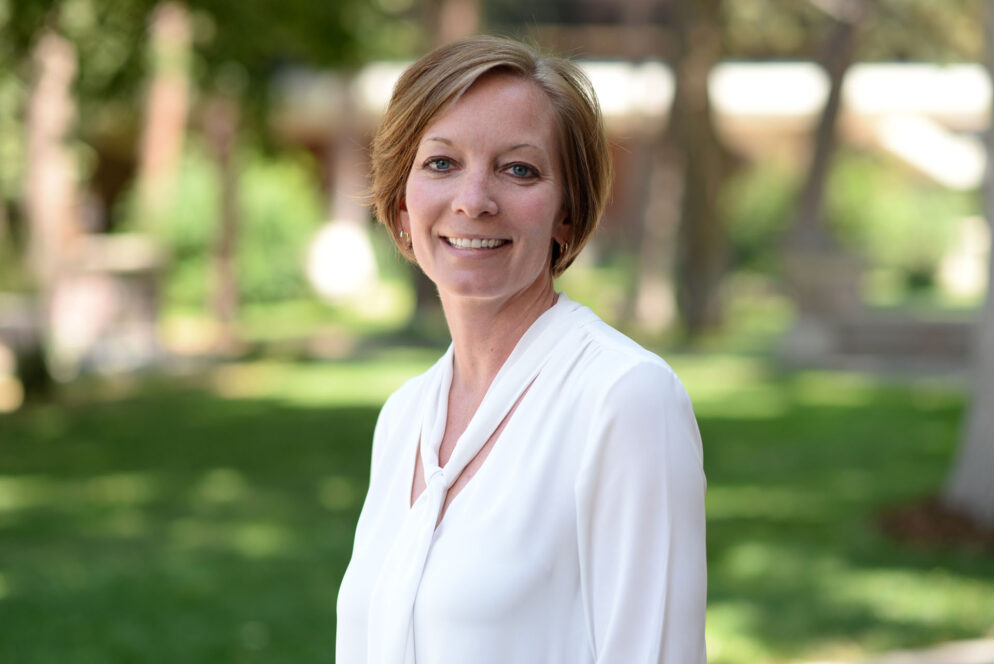Countries around the world including the U.S. are facing a paradox of how to provide affordable, reliable sources of energy, while minimizing negative impacts on the local and global environments. There is increasing evidence that climate change is occurring and has negative impacts on society, and one of its main human causes is the burning of fossil fuels (coal, oil, and natural gas) for energy. At the same time, burning fossil fuels has been an engine for economic development around the world. Thus, how energy is produced and consumed has complex repercussions for society.
Recently, the production of oil and natural gas in the U.S. reached record levels. The U.S. is now the largest producer of oil and natural gas in the world. The key to this increase in production has been a combination of technological developments around fossil fuel extraction, most prominently hydraulic fracturing (also known as fracking). While hydraulic fracturing was first developed in the 1950s, its proliferation began in the 2000s when it was connected with directional drilling and other technological developments, as well as increases in the price of oil and natural gas that helped make recovering the fossil fuels more profitable.
Today, hydraulic fracturing is used to drill for oil and gas in dozens of states in the U.S. The Rocky Mountain region has some of the most prolific drilling in the country, as it includes multiple shale plays, most prominently the Niobrara (Colorado and Wyoming) and Bakken (North Dakota and Montana) and other various basins or shale plays in Utah and New Mexico. It is widely credited with boom periods of production and economic growth in these states. While there are economic and even environmental benefits associated with hydraulic fracturing, there are also substantial environmental losses, as well as public health risks. One of the growing problems caused by fracking is that in the wake of falling oil and gas prices in 2020, energy companies are going bankrupt and abandoning their wells. The clean-up and plugging of these wells then becomes the responsibility of local and state governments. This has sparked policy debates and political battles in these states about how to best regulate or even allow hydraulic fracturing.
The purpose of the current State of the Rockies Project research is to better understand these policy debates about the future of hydraulic fracturing and abandoned wells in the Rocky Mountain West. In this first year, our goals are to:
- Explore consequences of hydraulic fracturing and abandoned wells on people and their environments;
- Explore how grassroots social and cultural ideas shape social movements and public policies related to hydraulic fracturing and abandoned wells;
- Investigate social justice and environmental justice issues pertinent to hydraulic fracturing and abandoned wells;
- Research the positive and negative economic impacts on communities relevant to this industry; and
- Explore how the business strategies of oil and gas corporations change in response to social movements and public policies.
We are excited and pleased to collaborate with Jonathan J. Pierce on this project. Pierce is the vice president of Safeguard Marine, LLC. He is the lead scientist and project manager on research projects seeking to mitigate risks posed by shipping on the marine environment. Pierce received a Ph.D. in Public Affairs from the School of Public Affairs, University of Colorado, Denver in 2012. He has taught undergraduate and graduate courses in public policy and administration at CU Denver, the University of Denver, and Seattle University. His research interests examine the motivations and advocacy efforts of actors in the policy process applied to natural resource development.
Associate Professor of Economics and Business Kat Miller-Stevens is the new director of the State of the Rockies Project. Learn more about her →
